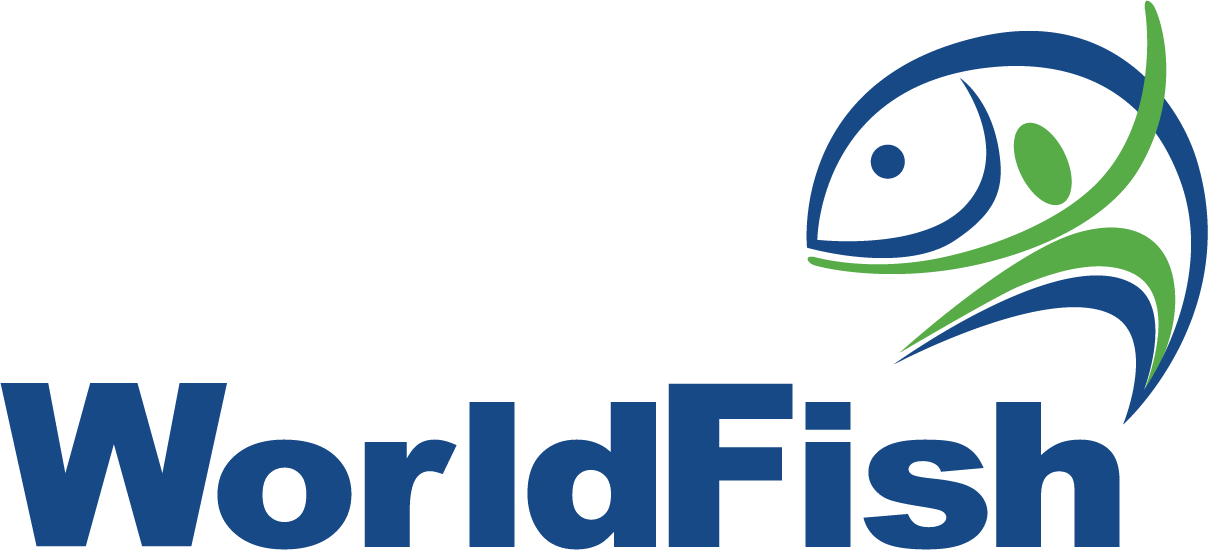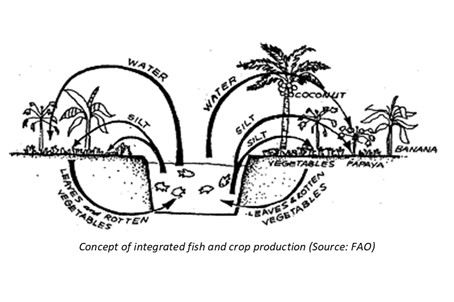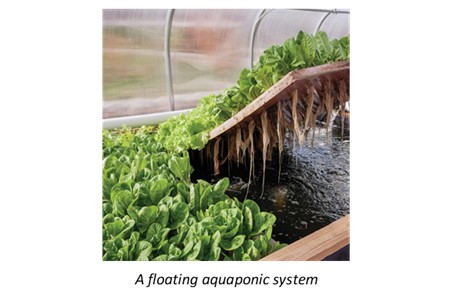Integrated Aquaculture and Agriculture Systems
Summary
Integrated aquaculture involves linking two or more farming activities where at least one is related to fish-farming. This integration offers opportunity through interlocking production systems and recycle of farm waste, which provides households with additional protein. The basic principle of aquaculture and agriculture integration entails that water and sediment from the pond goes onto the crop for irrigation and fertilization, and that crop residue wastes go to the pond for feeding fish. Linking both systems allows fish to be cultured with less purchased feed and for crop yields to be increased with fewer external inputs. The most commonly combined crops are rice, other wetland crops, and vegetables. Crops irrigated with pond effluent yield more than those irrigated with water alone. In this way small-scale and commercial farm enterprises can make their production systems more productive, diverse, and profitable.
About the Solution
Placing fishponds or tanks near croplands or greenhouses makes it possible to double up on the use of their water and nutrients. Traditional pond or tank systems can be combined with open-field cropping practices or more complex aquaponics systems where plants are cultivated in pond effluent. Integrated systems can also circulate water between fish enclosures and irrigated crop beds. On the one hand, excreta from fish in the water is converted into nutrients that fertilize plants and on the other hand, biomass waste and excess nutrients from crops provide nourishment for fish. When properly established, this interchange saves on the cost of feed, fertilizer and irrigation water while producing more per input investment and land area. Rice paddy fisheries either rely upon the migration of wild fish from rivers and channels or stocking into submerged rice fields. Irrigation with pond effluent is performed in vegetable fields or greenhouses during or after a fish production cycle.
This integration is applicable to many locations. It is useful in drylands where water from seasonal rainfall is captured and retained, and reservoirs stocked with fish. The system is equally suitable for regions with high rainfall or near rivers that have abundant access to water. The technology can be practiced in lowland areas that are seasonally flooded by rainfall and floodplains extending from the edges of rivers and lakes, but on hill crests and highlands to store gravity-fed water.
Fish culture can be integrated with all types of crops, but vegetables and rice are the most common. The size and type of fishpond and associated crops may widely vary depending on production objectives and level of investment. In the simplest form, integrated aquaculture and agriculture systems operate near a rearing pond or settling basin or linked through combined pumping operations. For advanced aquaponics systems, additional filters, raised or floating beds, and recirculation piping may also be required.
Ponds or tanks should be positioned adjacent to fields or greenhouses for ease of operations and minimized pumping. Fish rearing ponds and settling reservoirs should be sufficiently large to meet irrigation requirements during dry spells while also meeting pond needs. In addition, farmers can strengthen the channels and pond walls by planting them with crops. Adjacent open field crops or greenhouses are best irrigated with furrows because pond effluents contain too many sediments for sprinkler or drip irrigation without cleaning. Alternatively, water may be withdrawn from the surface of settling basins using floating intake valves and then filtered. A wide range of aquaponic arrangements exist, including Styrofoam rafts floating inside fish tank and recirculating containers with a continuous flow of water between fish tanks and hydroponic crop beds.
Commercialization
Commercially available
Solution Images
Institutions



